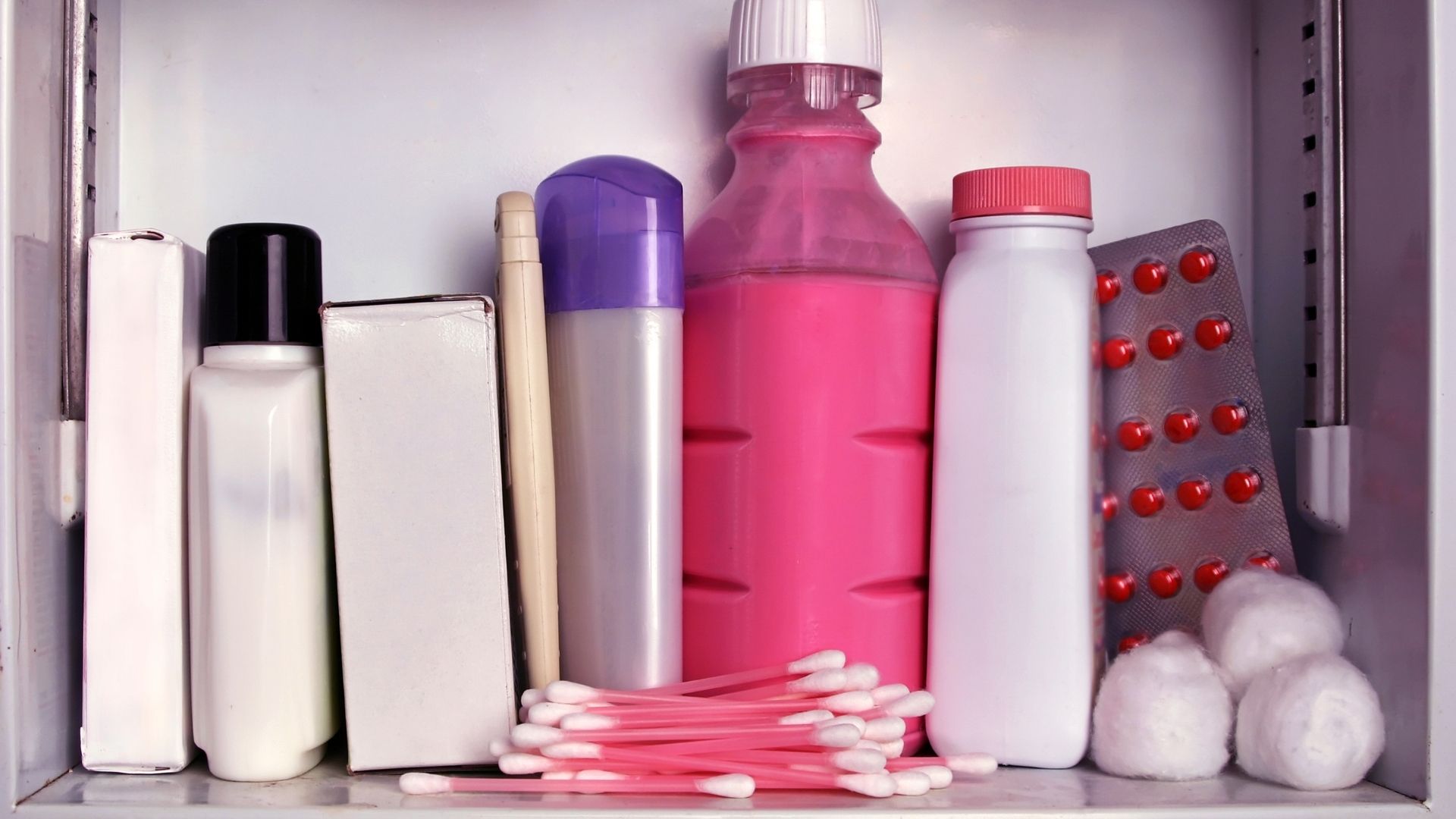It’s National Pharmacists Day! On January 12, we celebrate the impact pharmacists have on our health. One great way seniors can recognize the day is to take a close look at what’s in the medicine cabinet.
Our medicine cabinets hold many important items. But, sometimes, it’s a good idea to clean it out and make sure nothing is expired, empty, or causing negative health effects. Use National Pharmacists Day as a time to make sure you have everything you need to stay healthy at home.
Things to check in your medicine cabinet
How long has it been since you cleaned out your medicine cabinet? Here are some tips to help seniors stay on top of their health needs when it comes to medications and first aid.
1. Enlist help from your pharmacist
The number one rule when it comes to medication – follow your doctor and pharmacist’s instructions and never change your health regimen without consulting your healthcare provider first.
A pharmacist can help you gain a better understanding of your medication routine. Ask your pharmacist to review your medications and be prepared with any questions you might have.
The pharmacist can help recommend what medications to take and clarify what each does for your health. They can also advise you on the best way to take medications (for example, with or without food, in the morning or at night, etc.) and negative side effects to look for.
2. Discard expired medications
Medicine cabinets can easily become cluttered with unused prescriptions, expired over-the-counter drugs, and empty boxes and bottles. Take some time to dispose of these items safely.
Recycle old bottles and boxes that are no longer needed. Be sure to mark off or remove any personal information on the labels.
There are specific ways to dispose of old medications properly. First, check to see if you have any local drug take-back sites that will safely take the medications off your hands. For example, Summit County’s D.U.M.P. program provides boxes across the county where you can drop off the unused medicine. The medications are safely disposed of, no questions asked.
If a drug take-back program is not an option, consult the FDA’s flush list. If the drug is on the list, immediately flush it down the toilet. If it is not on the list, discard the medication in the trash. Be sure that it is safe from any children or pets in your home and take the trash bag to an outside trash bin if needed.
3. Replace empty items
If you’ve developed a cold or accidentally cut your finger, now is now the time to be missing important items in your medicine cabinet. Refill any necessities now so that you are prepared.
Make sure you have the right medicines and tools for the following situations. Contact your doctor or pharmacist for specific medications that work with your overall healthcare plan.
- Pain, headaches, and fevers
- Colds, coughs, allergies, or congestion
- Digestive issues
- Itches, rashes, bug bites, cuts, and burns
- Tooth care
4. Consider interactions
When mixed together, different medications can sometimes cause negative effects. That’s why it is important to tell your healthcare provider about everything you are taking. This includes any over-the-counter medications, vitamins, and herbal supplements.
Your pharmacist should be able to warn you of any possible negative effects. Some medications also react differently when you consume alcohol or smoke. Ask your healthcare professional about this as well. They will not judge you, but they will be able to tell you the impact it may have on your health.
5. Keep medicine safe from kids and pets
If you have grandchildren or pets in the home, it’s important to make sure that medications are kept out of reach. Some medications can cause sickness and even death when taken incorrectly.
Keep the Poison Help phone number handy or programmed into your mobile phone (1-800-222-1222). Experts are available 24 hours a day, 7 days a week, and calls are always free and confidential.
6. Update your medical ID
Did you know that most smartphones can store important medical ID information in the event of an emergency?
Find the Health app or Medical ID feature in the settings on your phone and input important information including your birth date, allergies, known medical conditions, blood type, and emergency contacts.
If first responders are unable to get your medical information from you at the scene of an accident, they are trained to check your smartphone. Medical ID information can be accessed from the lock screen of most smartphones without having to enter a passcode.
*The information in this article is intended solely to provide general information on matters of interest for the personal use of the reader, who accepts full responsibility for its use. This article should not be used as a substitute for consultation with professional legal, medical, or other competent advisors.


